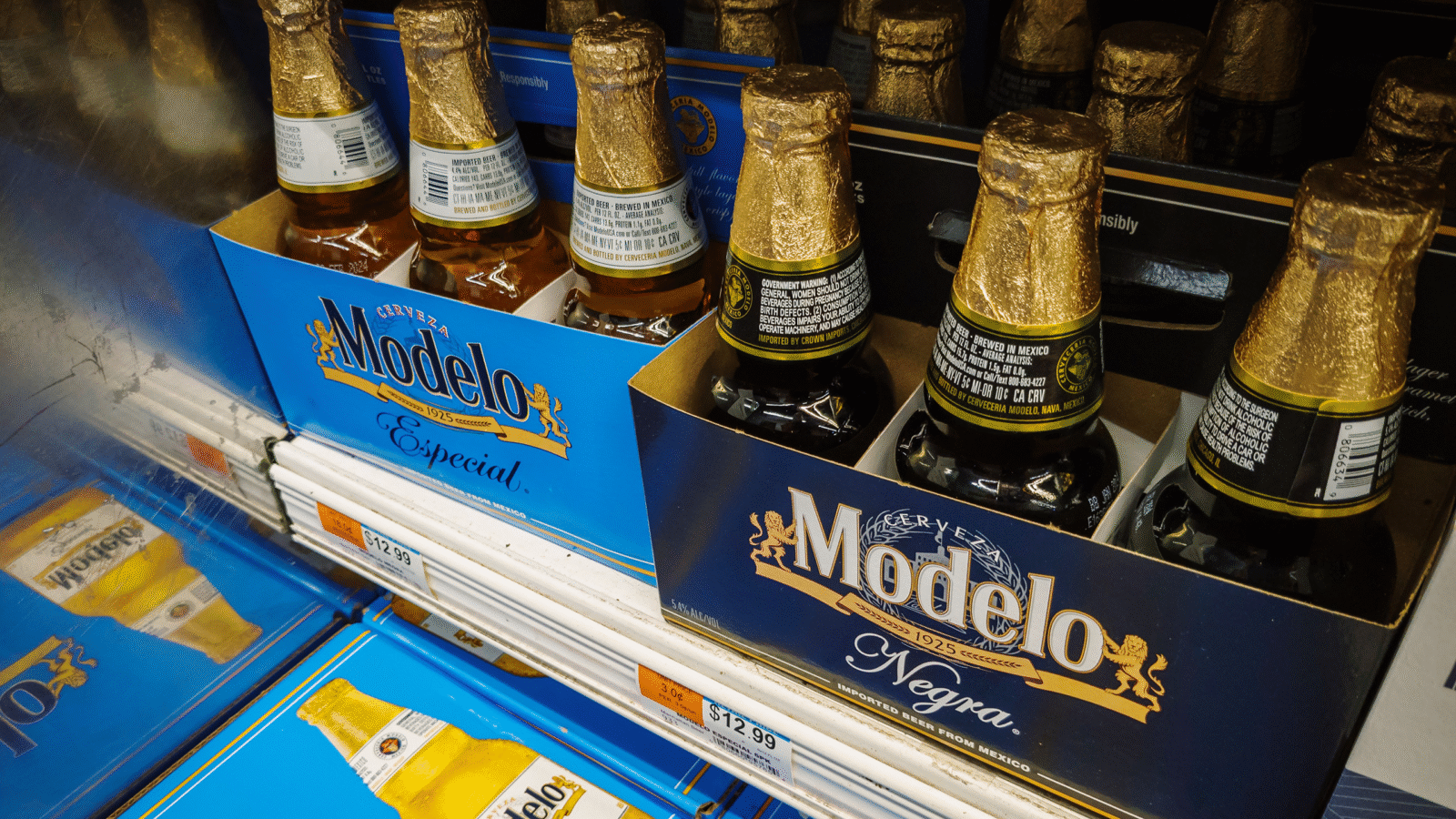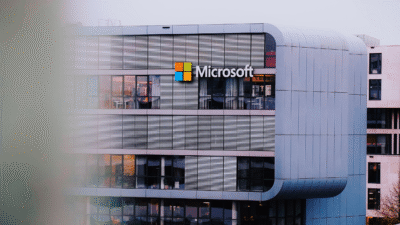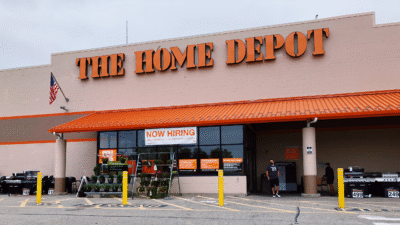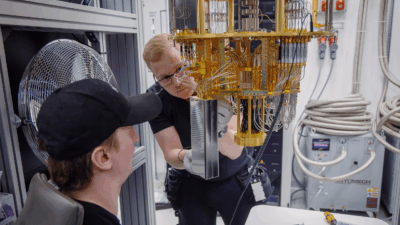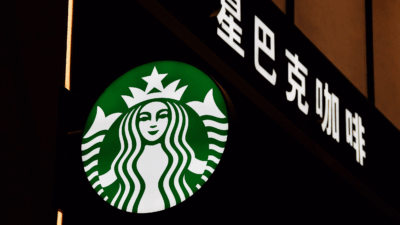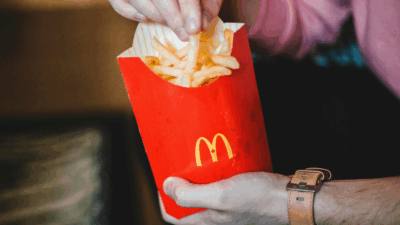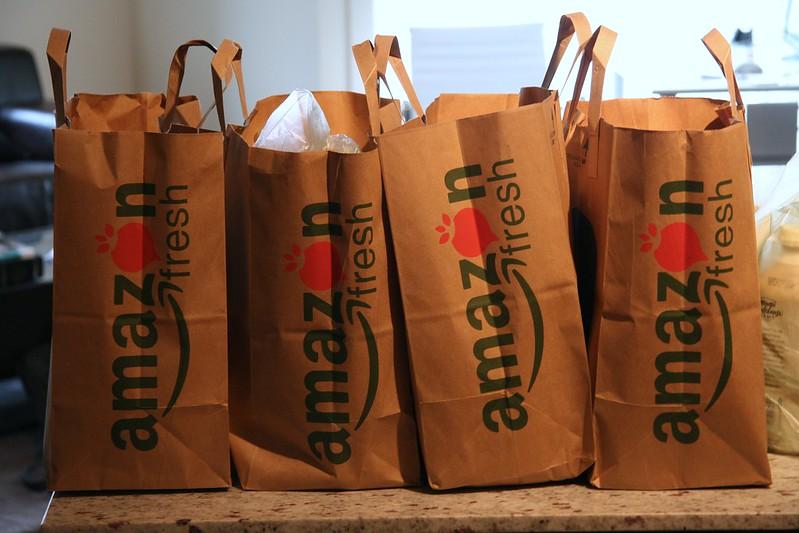
Sign up for smart news, insights, and analysis on the biggest financial stories of the day.
First they hook you, then they hose you.
Shoppers who skip the local supermarket in favor of Amazon’s Fresh delivery service are about to feel a bit more pinch. A year after increasing the annual price of Prime memberships from $119 to $139, the e-commerce mega-giant announced this weekend it is quadrupling the threshold to receive free deliveries on orders, from $35 to $150, starting on February 28. Clear up some pantry space, it’s time to start buying in bulk.
Cheaper by the Dozen
Amazon Fresh debuted in Seattle in 2007. Sixteen years, a $14-billion acquisition of a name-brand grocery chain, and a paradigm-shifting pandemic later, the company is still working out the kinks of its food delivery game. While Prime members originally had to pay an additional $14.99 per month for access to Fresh deliveries, Amazon dropped the extra subscription in 2019 to expand Fresh to all Prime subscribers — with delivery fees assessed at checkout for orders under $35 (or $50 for NYC shoppers).
The program’s expansion was soon met with an explosion in e-grocery shopping courtesy of the coronavirus. But now, shoppers in most markets will be paying delivery fees based on a new tiered pricing system — introduced just as the sector sees a decline in spending:
- Orders under $50 will carry a $9.95 fee, orders between $50 and $100 will carry a $6.95 fee, orders between $100 and $150 will have a $3.95 fee, and, finally, orders over $150 will have free delivery.
- E-commerce’s share of total grocery spending fell from 15% in December 2021 to 13% in December 2022, according to the most recent monthly Brick Meets Click/Mercatus Grocery Shopping Survey. Order frequency decreased 7%, while delivery sales fell from $3.3 billion to $3.2; still, order-and-pickup sales leaped from $3.8 billion to $4.4 billion.
Checking Out: Amazon is completing layoffs of 18,000 workers, with its brick-and-mortar stores division sustaining much of the damage. After years of sinking billions into building its ground game — via Whole Foods, Fresh-branded grocers, and Go convenience stores — Amazon still holds only some 2.5% of the overall grocery market share. That’s not the ‘instant’ delivery Amazon investors are used to.
